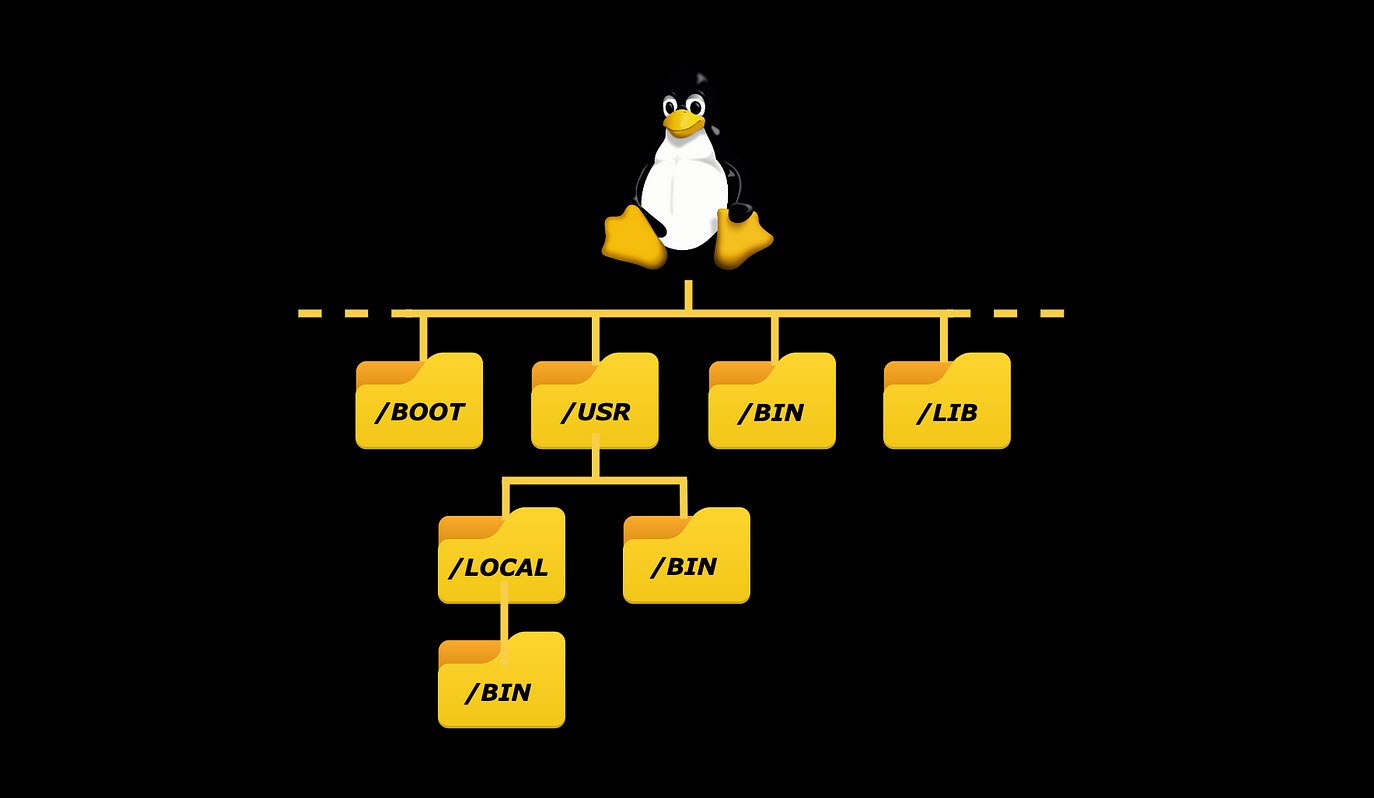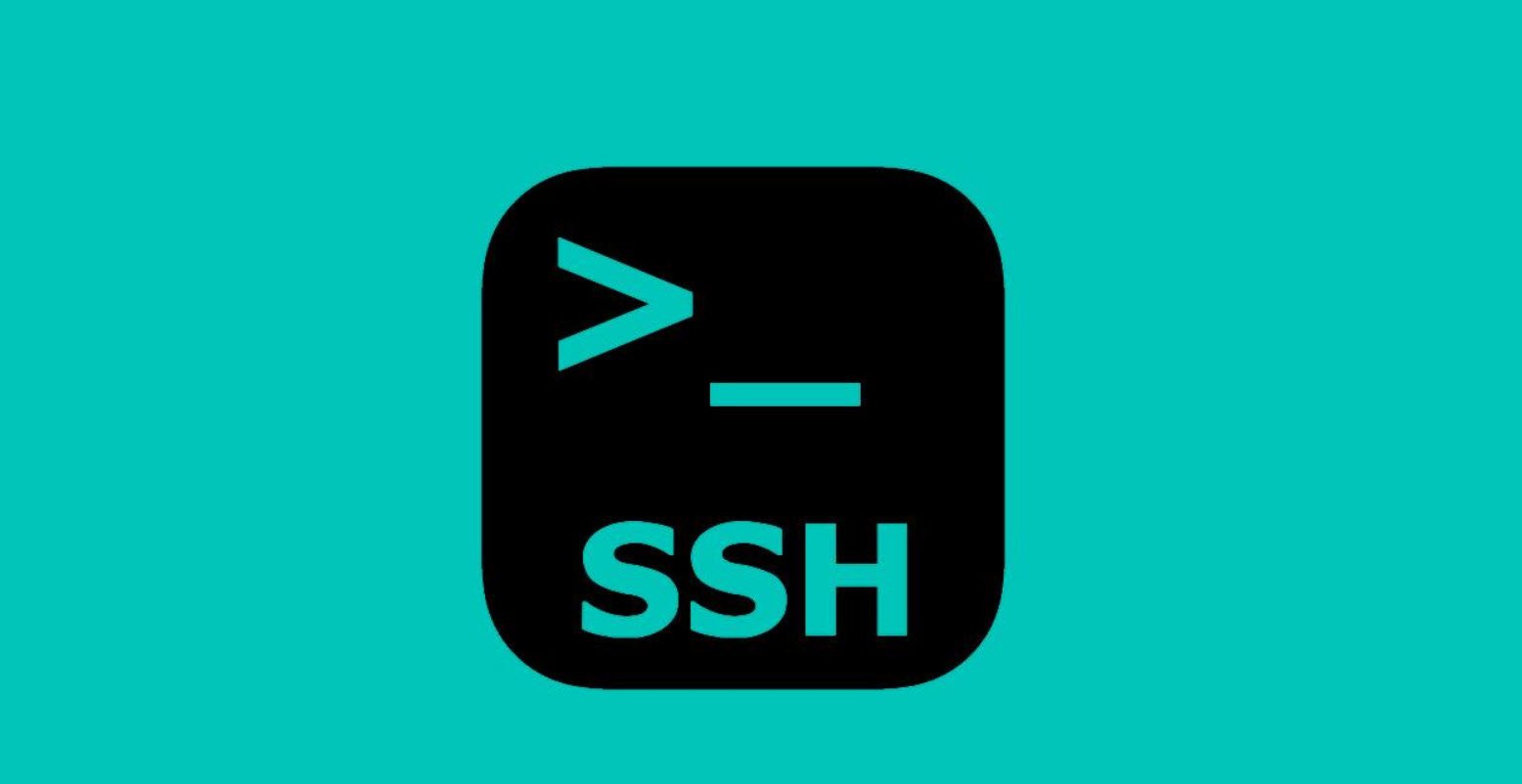
The bash shell utilizes many bash external commands to allow you to maneuver around the file systems and manipulate files and directories.
Also Read:
- List of Bash Environment Variables in Linux
- Useful Linux Networking Commands You Need To Know
- [Linux] List of Important BASH External Commands
- [100+] List of Most Common Unix and Linux Commands
- List of Important Unix/Linux Files and Their Permissions
- The Bash Built-in Commands
Bash is an sh-compatible shell that incorporates useful features from the Korn shell (ksh) and C shell (csh). It is intended to conform to the IEEE POSIX P1003.2/ISO 9945.2 Shell and Tools standard.
It offers functional improvements over sh for both programming and interactive use; these include command line editing, unlimited size command history, job control, shell functions and aliases, indexed arrays of unlimited size, and integer arithmetic in any base from two to sixty-four. Bash can run most sh scripts without modification.
Below is the list of common bash external commands you’ll want to use when working in the bash shell.
| S.No. | Command | Description |
|---|---|---|
| 1 | bzip2 | Compression using the Burrows-Wheeler block sorting text compression algorithm and Huffman coding. |
| 2 | cat | List the contents of the specified file. |
| 3 | change | Change the password expiration date for the specified system user account. |
| 4 | chfn | Change the specified user account’s comment information. |
| 5 | chgrp | Change the default group of the specified file or directory. |
| 6 | chmod | Change system security permissions for the specified file or directory. |
| 7 | chown | Change the default owner of the specified file or directory. |
| 8 | chpasswd | Read file of login name and password pairs and update the passwords. |
| 9 | chsh | Change the specified user account’s default shell |
| 10 | compress | Original Unix files compression utility. |
| 11 | cp | Copy the specified files to an alternate location. |
| 12 | date | Display the date in various formats. |
| 13 | df | Display current disk space statistics For all mounted devices. |
| 14 | du | Display disk usage statistics for the specified file path. |
| 15 | file | View the file type of the specified file. |
| 16 | find | Perform recursive search for files |
| 17 | finger | Display information about user accounts on the Linux system or remote system. |
| 18 | free | Check available and used memory on the system. |
| 19 | grep | Search file for the specified text string. |
| 20 | groupadd | Create new system group. |
| 21 | groupmod | Modify an existing system group. |
| 22 | gzip | The GNU Project’s compression using Lempel-Ziv compression. |
| 23 | head | Display the first portion of the specified file’s contents. |
| 24 | killall | Send system signal to a running process based on process name |
| 25 | less | Advanced viewing of file contents. |
| 26 | link | Create a link to file using an alias name. |
| 27 | ls | List directory contents. |
| 28 | mkdir | Create the specified directory under the current directory. |
| 29 | more | List the contents of the specified file, pausing after each screen of data |
| 30 | mount | Display or mount disk devices into the virtual file system. |
| 31 | mv | Rename a file. |
| 32 | nice | Run a command using different priority level on the system. |
| 33 | passwd | Change the password for system user account. |
| 34 | ps | Display information about the running processes on the system. |
| 35 | pwd | Display the current directory. |
| 36 | renice | Change the priority of running application on the system. |
| 37 | rm | Delete the specified file. |
| 38 | rmdir | Delete the specified directory. |
| 39 | sort | Organize data in data file based on the specified order. |
| 40 | stat | View the file statistics of the specified file. |
| 41 | sudo | Run an application as the root user account. |
| 42 | tail | Display the last portion of the specified file’s contents. |
| 43 | tar | Archive data and directories into single file. |
| 44 | touch | Create new empty file, or update the timestamp on an existing file. |
| 45 | top | Display the active processes, showing vital system statistics. |
| 46 | umount | Remove mounted disk device from the virtual file system. |
| 47 | uptime | Display information on how long the system has been running. |
| 48 | useradd | Create new system user account. |
| 49 | userdel | Remove an existing system user account. |
| 50 | usermod | Modify an existing system user account. |
| 51 | vmstat | Produce detailed report on memory and CPU usage on the system |
| 52 | which | Find the location of an executable file |
| 53 | zip | Unix version of the Windows PKZIP program. |
- A Comprehensive Guide to File System Commands in Linux
- Essential File Compression Commands in Linux
- Secure Shell (SSH) Protocol – A Comprehensive Guide
- Monitoring Active Connections in Kali Linux Using Netstat
- Manage Time and Date in Linux with timedatectl
- How to Add a User to Sudoers on Ubuntu
- 25 Popular Linux IP Command Examples
- Top 11 Nmap Commands for Remote Host Scanning
- 9 Useful w Command Examples in Linux
- 25 Useful Linux SS Command Examples to Monitor Network Connections








